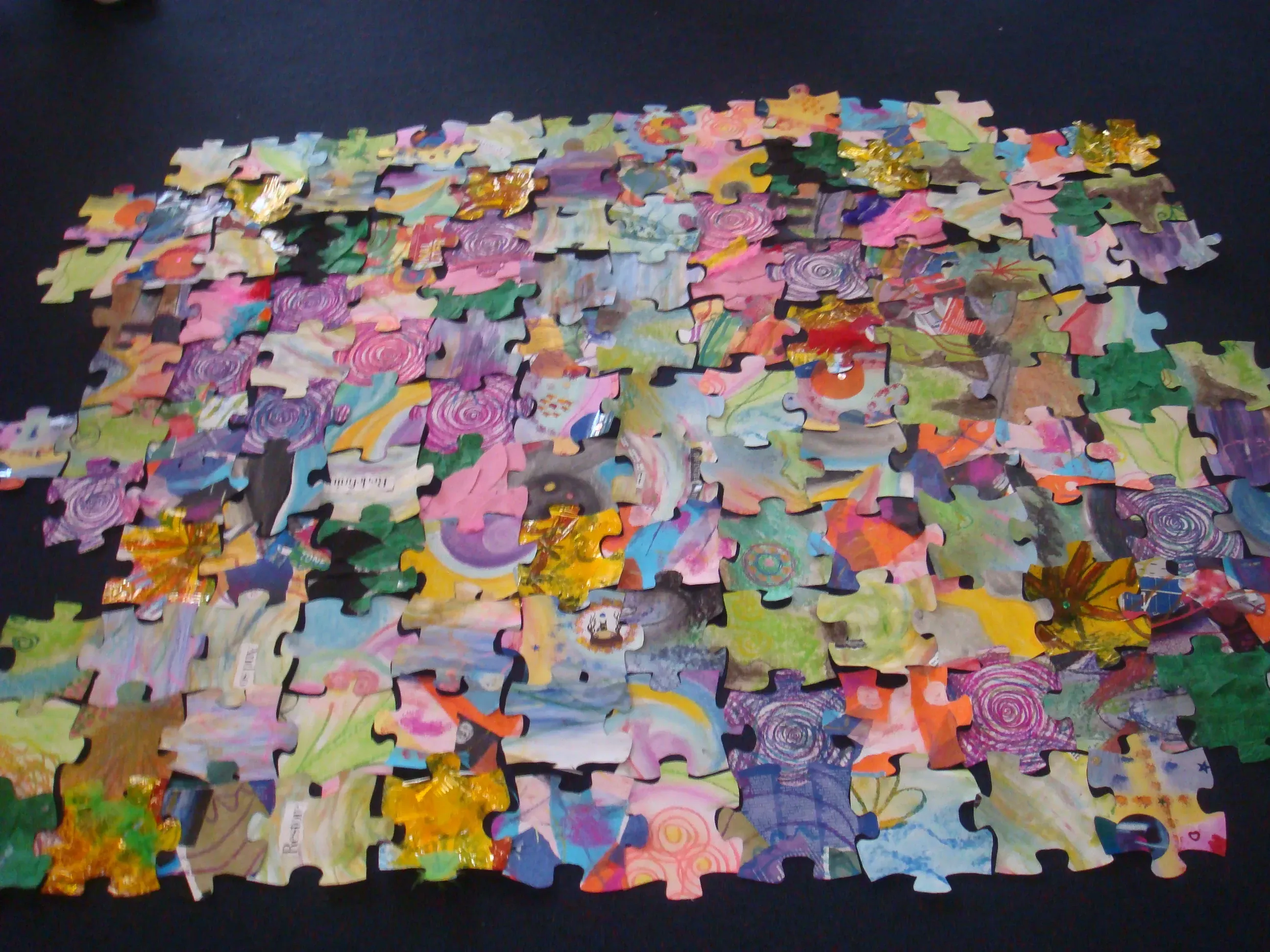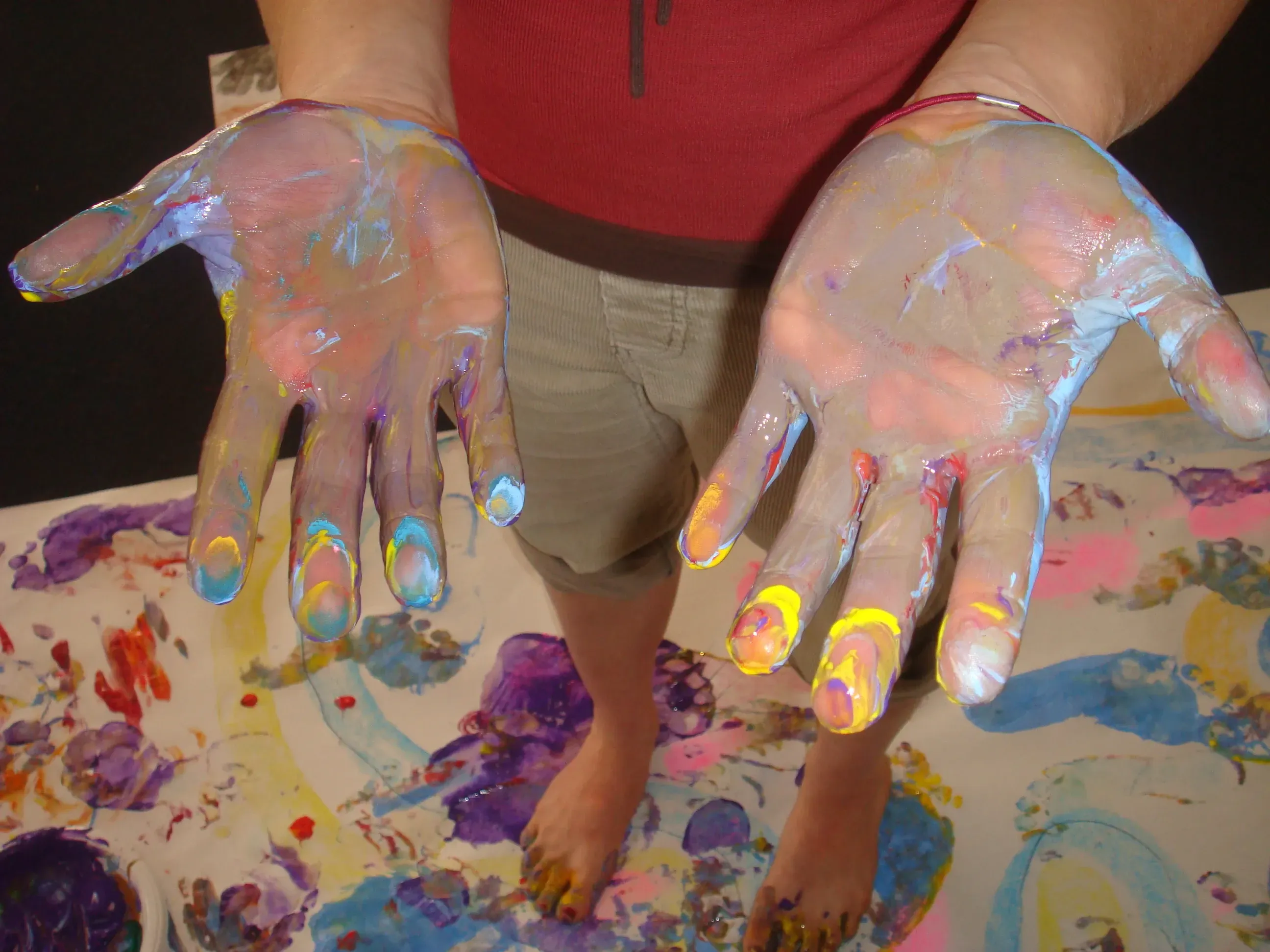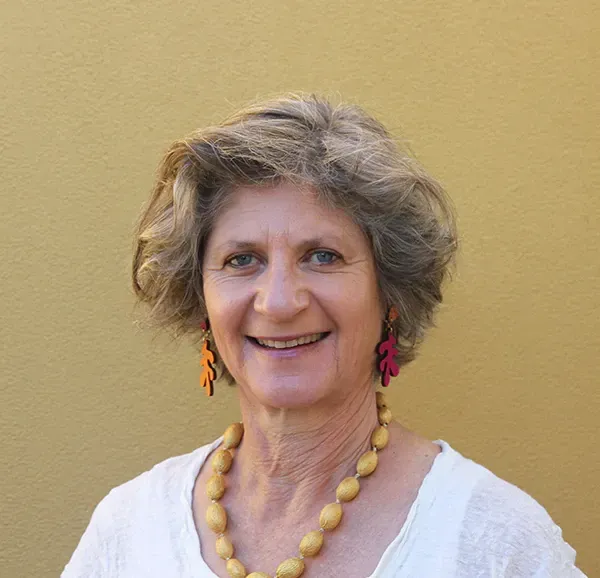Arts Therapy a growing industry in New Zealand
Written by

“I’ve got more work than I can cope with. It’s a neat position to be in, given that it’s a developing profession,” says Northland Arts Therapist Tania Blomfield. It wasn’t always like this though, and opportunities for arts therapists were limited, with practitioners piecing together a full time wage from numerous contracts and part time positions.
Tania was instrumental in presenting and pushing ANZATA (the professional body for Arts Therapists in Australia and New Zealand), through ACC, providing research data on the power of arts therapy and how it can make change for clients.
In the past four years arts therapy has become a recognized rehabilitation tool for both ACC and Work and Income, and now that it is, Tania says, “You can earn a decent living as an arts therapist now, which was sadly lacking in New Zealand previously.”
“They’re recognizing we do something different and that it gets results.” - Tania Blomfield
While the ACC work has provided registered arts therapists with a steady work flow, Tania said she is primarily working with victims of sexual abuse, and warns that this isn’t for everyone.
Despite recognition from ACC and Work and Income New Zealand, Tania said it is still very much an education process, teaching clients, case managers and the wider public about arts therapy and it’s capabilities. “They think we’re counselors that draw pictures!”
So what is arts therapy and what is it used for?
“The arts therapies are a form of psychotherapy utilising creative modalities, including visual art-making, drama, and dance/movement, within a therapeutic relationship to improve and inform physical, mental and emotional well-being.” (ANZATA)
Arts therapies differ from traditional art-making or performance in that the emphasis is on the process of creating and meaning-making, rather than on the end product.
Based on the belief that the process of engaging creatively in drama, movement or art making within a therapeutic relationship, arts therapy supports changes in the client’s inner world. It can assist with improving the client’s personal growth and insight, processing of traumatic experiences, and resolving inner conflicts.
During each session, the arts therapist and client work together to understand and make meaning from the creative process or product, discovering how it relates to the client’s life and what messages it holds for the client. It provides a unique opportunity for non verbal communication, allowing clients to express feelings in a safe environment. (Choose2Change)
Programme Leader of the Arts Therapy programme at Whitecliffe College of Arts and Design, and the current secretary of the Australian and New Zealand Arts Therapy Association (ANZATA), Amanda Levey qualifies that arts therapy covers all disciplines except music, which has its own qualification, previously mentioned here.
“Dance, movement, drama, visual, writing, video - the types of creativity are endless.” As are the issues Amanda has attended to as an arts therapist: “Addictions, eating disorders, mental health, eldery issues, youth at risk. It’s so diverse.”
Having completed her early training in Australia and America out of necessity, Amanda endorses the relatively new Whitecliffe programme because it is specific to New Zealanders. It is the only New Zealand programme recognised by professional body ANZATA, and due to demand around the country, the Auckland-based school is now offering the first year ofits postgraduate arts therapy programme in Christchurch.
For next year’s Post Graduate Diploma in Arts Therapy, Amanda said they had 60 applications for only 26 places (14 in Auckland and 12 in Christchurch). The PG Dip AT is the prerequisite year for the Master of Arts in Arts Therapy Clinical programme. There are currently 41 students enrolled in the two year Masters programme.
Talking about the point of difference and power of arts therapy, Amanda says, “As an arts therapist, you can view a scenario through so many different lenses – in comparison to a talk therapist, who isn’t privy to some information.”
To illustrate this idea, Amanda shared a simple story about a client who was being bullied at work. It wasn’t until the client had drawn the scene and then acted it out, that Amanda became fully aware of the dynamics of the bullying relationship – that every time, the bully was literally standing over the client – information that wasn’t readily identifiable through talk therapy. Together they put strategies in place to change this dynamic and achieved a positive outcome. “She got to try things out using drama to see how it feels. It helped her feel much less intimidated.“
Amanda stresses that to get benefit from arts therapy, you absolutely do not need to be a creative person. “The things that are most unfamiliar are where we’re most uncensored. It’s often the modality that we’re most unfamiliar with that is the most powerful.”“Engaging in creativity is in itself healing, it allows us to express ourselves symbolically and metaphorically – giving access to new insights and choices.”
A recurring theme in my conversations with artists and more recently with the rural community, is how creativity isn’t valued in our society because we’re so focused on work outcomes and profit. Agreeing with this, Amanda says, “Lack of creativity is a big contributor to higher levels of anxiety.”
For more information on the Arts Therapy course available at Whitecliffe College of Arts and Design, visit http://www.whitecliffe.ac.nz/programmes/postgraduate/maat-c/
Australia New Zealand Arts Therapy Association, Choose2change
